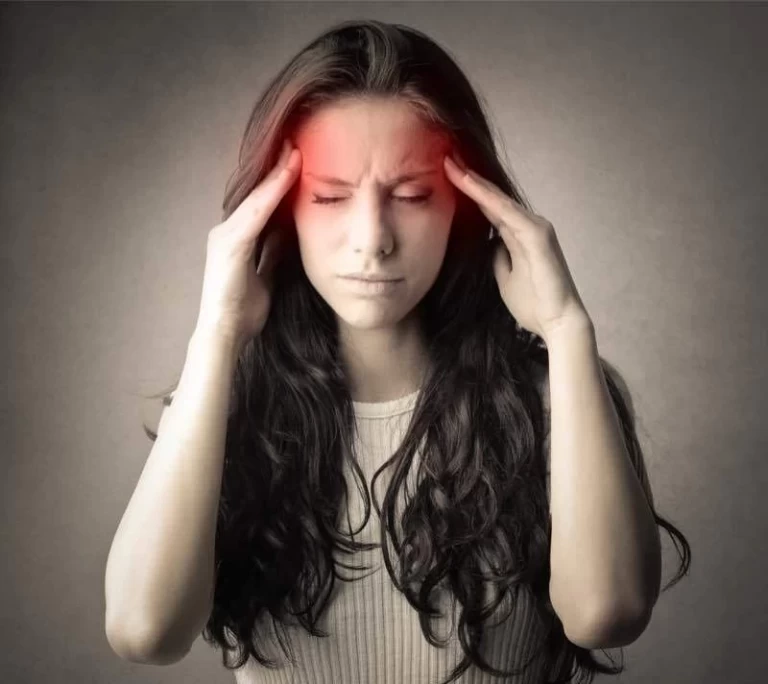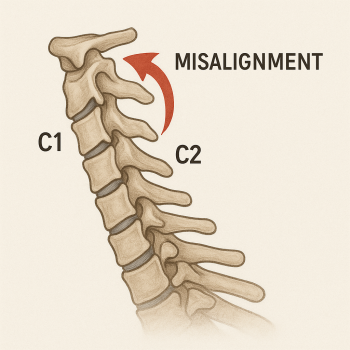
With the start of a new school year, youth sports are gearing up for another exciting season. The excitement of football and soccer fills the air, but so do concerns about concussions—one of the most common injuries among student athletes.
According to the Centers for Disease Control, football leads the way in concussions for boys, while soccer takes the top spot for girls. These statistics can be alarming for families and coaches, but understanding what a concussion is and how Upper Cervical Care can help may make all the difference.
According to the Centers for Disease Control, football leads the way in concussions for boys, while soccer takes the top spot for girls. These statistics can be alarming for families and coaches, but understanding what a concussion is and how Upper Cervical Care can help may make all the difference.
The Reality of Concussions in Youth Sports
Let’s break down the numbers:
53% of high school students had a concussion before even starting high school sports.
36% of college athletes report having had multiple concussions.
78% of concussions in youth sports happen during practices—not games.
With youth sports teams often practicing 4-5 days a week and playing games on weekends, the risk of concussion is a year-round concern.
Why Are Young Athletes More at Risk?
Parents and coaches often ask: Why are youth athletes more susceptible to concussions? There are two key reasons:
Frequent Exposure: Student athletes participate in practices and games nearly every day, increasing the odds of head impacts.
Brain Development: The frontal lobe of the brain, responsible for decision-making and impulse control, isn’t fully developed until age 25. This makes younger brains more vulnerable to injury and slower to heal.
What is a Concussion?
A concussion is a type of traumatic brain injury caused by a blow, jolt, or bump to the head—or a hit to the body that causes the head to move rapidly. This movement can lead to changes in the brain’s chemistry and damage to its cells. Even a mild concussion can have significant effects, especially if not recognized and managed properly.
Understanding Post Concussion Syndrome
While most athletes recover from a concussion within weeks, some develop Post Concussion Syndrome (PCS), where symptoms linger for months or even longer. This can affect every aspect of a young person’s life.
Common Symptoms of PCS
Symptoms can range widely, but commonly include:
- Physical: Headaches, dizziness, fatigue, low energy
- Cognitive: Trouble concentrating, memory loss, confusion
- Emotional: Irritability, anxiety, mood swings
Sleep: Insomnia or sleeping too much
It’s important to note that 47% of athletes do not report feeling symptoms, and fewer than 10% lose consciousness—so the injury is often missed or misunderstood.
The Role of Upper Cervical Care in Concussion Recovery
Upper Cervical Care is a gentle, precise form of chiropractic focused on the alignment of the top two vertebrae in the neck (the atlas and axis). This area is critically important because it protects the brainstem and allows for proper communication between the brain and the body.
How Can Upper Cervical Care Help After a Concussion?
- Restoring Proper Nervous System Function: Even a mild head injury can cause misalignments in the upper cervical spine, leading to interference in nerve signals and prolonged symptoms.
- Reducing Headaches and Dizziness: Many PCS symptoms like headaches, dizziness, and neck pain are related to upper cervical misalignment. Gentle corrections can help restore balance and relieve these symptoms.
- Supporting Brain Recovery: Proper spinal alignment promotes healthy blood flow and cerebrospinal fluid circulation, both vital for healing after a concussion.
When Should You Consider Upper Cervical Care?
If an athlete experiences any of the following after a head injury, Upper Cervical Care may be a valuable part of the recovery process:
- Ongoing headaches or migraines
- Difficulty focusing or remembering things
- Changes in mood, irritability, or emotional outbursts
- Sleep disturbances, either trouble falling asleep or staying asleep
- Persistent neck pain or stiffness
Even if symptoms seem minor, an upper cervical assessment can uncover underlying issues that might otherwise be missed.
Why Upper Cervical Care is Different
Traditional approaches to concussion often focus on rest and symptom management. While rest is essential, it may not address structural misalignments in the upper neck that could be perpetuating symptoms. Upper Cervical Care is unique because it’s:
- Non-Invasive: Gentle, targeted adjustments with no twisting or forceful movements.
- Individualized: Every correction is based on precise measurements of the athlete’s neck structure.
- Supportive for All Ages: Safe for children, teens, and adults.
Steps for Parents and Coaches: Prevention & Support
1. Educate and Observe
Make sure athletes, parents, and coaches know the signs of concussion and PCS. Many injuries go unreported because symptoms can be subtle.
2. Encourage Reporting
Create a team culture where players feel comfortable speaking up about head injuries. Remember, most concussions happen in practice—not during the big game.
3. Limit Risk Where Possible
Encourage proper technique, enforce safe play rules, and use well-maintained protective equipment. Reduce full-contact drills in practices when possible.
4. Seek Upper Cervical Care if Symptoms Persist
If symptoms last beyond the expected recovery window, or if new symptoms develop, consider an evaluation from an upper cervical chiropractor. Addressing spinal misalignment early can support the body’s natural healing process and speed recovery.
Success Stories: Real-Life Examples
Many athletes have found relief from post-concussion symptoms through Upper Cervical Care. From headaches finally disappearing to better concentration in school, real-life stories show that this gentle approach can make a difference—especially when traditional care has reached its limits.
A Holistic Approach to Brain Health
Concussions are a serious concern for youth athletes, but parents and coaches can take steps to support both prevention and recovery. Upper Cervical Care offers a unique, holistic way to address lingering symptoms and help young athletes return to school, sports, and everyday life safely.
Remember: When it comes to brain health, every step counts. Don’t overlook the impact that spinal alignment can have on healing and well-being after a concussion.






Leave a comment